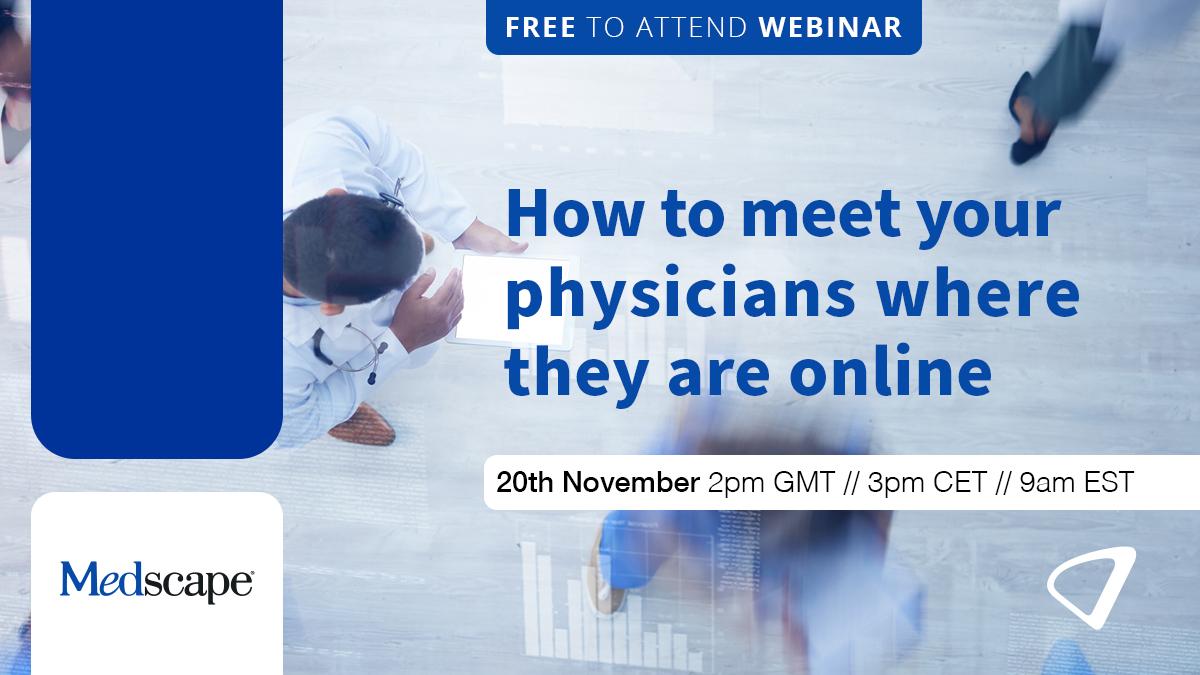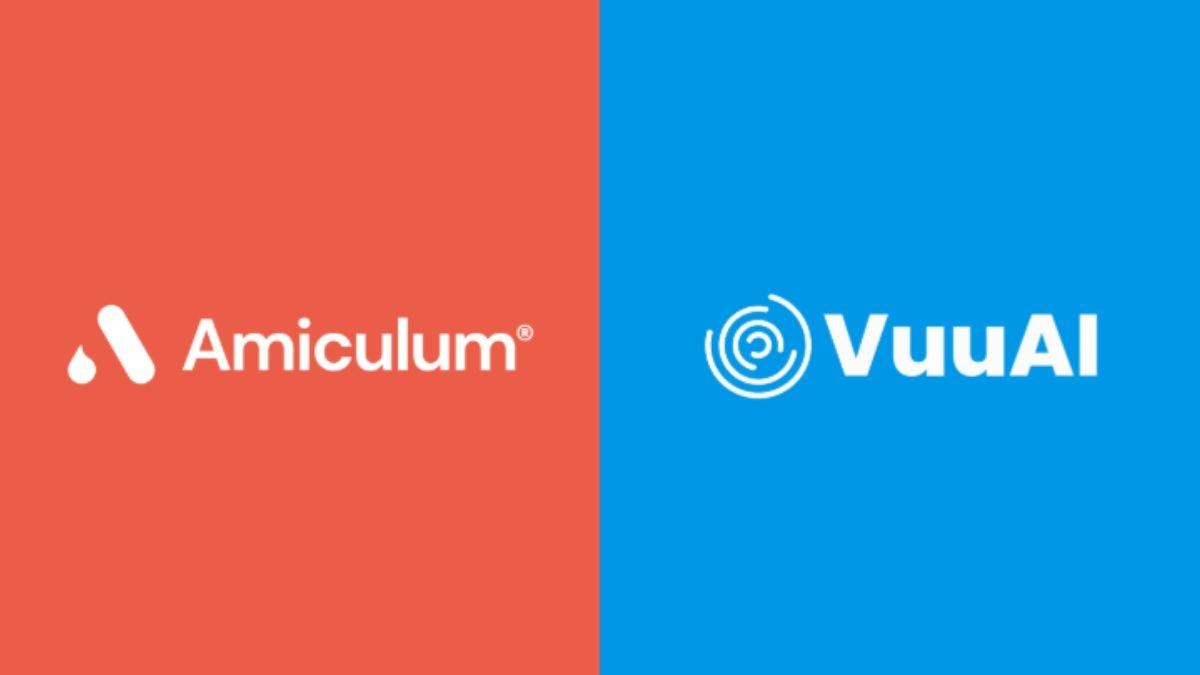Health literacy matters: 3 ways to improve patient understanding

Every day, thousands worldwide find out they have a disease or health condition that requires care. And each day more and more people don’t get the care they need because they don’t understand their diagnosis or their options regarding treatment and management.
One option that many people are unaware of is participating in a clinical trial. While there are thousands of active clinical trials that could provide patients with low-cost or novel treatment, according to the NIH only about 5% of American adults have participated in a clinical trial. And younger adults, minorities, and people with lower education are even less likely to participate.
When diverse populations aren’t included as participants in clinical trials, knowledge about the efficacy of a treatment can get skewed toward one population or group over another. Without diversity, doctors can’t fully understand why a treatment works differently in one population compared to another. Information like this can significantly affect how doctors treat patients.
This is why health literacy matters.
Not familiar with the term “health literacy”? Here’s a simple definition: Health literacy means you can…
- Get the medical information you need
- Read the information provided
- Understand the information
- Make informed health decisions
- Follow instructions for the treatment prescribed
I believe everyone deserves access to relatable medical resources regardless of age, language, culture, or education. I also believe no one should need a PhD or MD to understand what’s happening in their bodies or what will happen in a clinical trial they’re considering. Yet, 88% of adults aren’t health literate, and 50% can’t read beyond an 8th-grade level. Here’s another scary statistic: 65% of people say they receive resource materials they can’t understand.
Not only are 88% of adults not health literate, but most of the educational materials they receive are written at a 10th-grade reading level or higher. Yet, the National Institute of Health states that medical educational materials “should not exceed a 6th-grade reading level.” Also, in a recent survey by Market Media US, more than 90 million people in the United States alone struggle with understanding and using health information.
Combine that with forgotten information, Dr Google, and advice from friends of friends, and a perfect storm of confusion, fear, and misunderstandings can be created. It is not surprising that patients can be overwhelmed by a new diagnosis and the decision to start a new treatment.
Similarly, when considering joining a clinical trial, the sheer volume of information potential participants need to process can impede the decision to join. In addition, patients may prefer to digest the information in a particular format, be it direct discussion, learning online, watching a video, listening to a podcast, or reading a brochure. Therefore, creating materials that are cognizant of an audience’s education level, cultural background, socio-economic background, and age is essential.
Having materials that are easy to understand is critical. Take, for example, clinical trials – misunderstandings can derail the research before it even begins. If patients don’t understand what researchers are studying or what will happen during the study, they can be reluctant to join, much less stay enrolled. And, if patients don’t enter these studies, new medicines can’t be researched to see if they’re safe and can help.
According to an article published by the CDC in October 2024: “In today’s communication-rich environment, people look to many places for information about their health and safety. However, much of the publicly available health and safety information is too technical, too complex, and often too vague about recommended actions.”
So, how can we bridge the gap between a doctor’s knowledge and a patient’s understanding? Below are three strategies that can help.
1) Write resources and materials that fit your target audience’s age, education, and cognitive level.
- Make sentences easy to read, short and to the point
- Use bullets wherever possible
- Use icons, infographics, or illustrations to help drive home your message visually
- Pay attention to word counts, syllable counts, and your use of familiar words
2) Consider the target audience’s preferred language.
- Invest in a reputable translation service to ensure the translation of your content is accurate
- Even within English, consider the unique communities you are looking to reach and use the vernacular and context that is familiar to that community
3) Include a glossary to explain difficult words or concepts.
- Avoid medical jargon
- Explain things simply
- Include clear definitions for potentially unfamiliar words
Along with keeping these strategies in mind, it is also important to remember that different formats – digital, print, audio, video – work better for different audiences. Paying attention to all these factors serves to improve health literacy, and to ensure that health education materials truly help those who need them most.
Adopting these strategies across all health education materials will help the pharmaceutical industry bring information about clinical research opportunities to a wider population, which can improve health equity for all.












